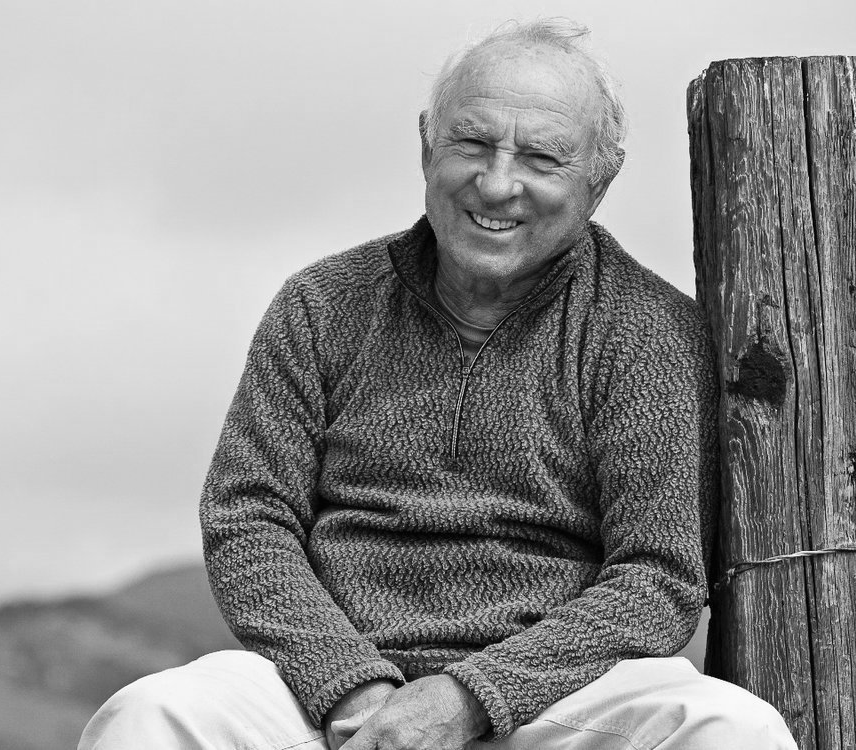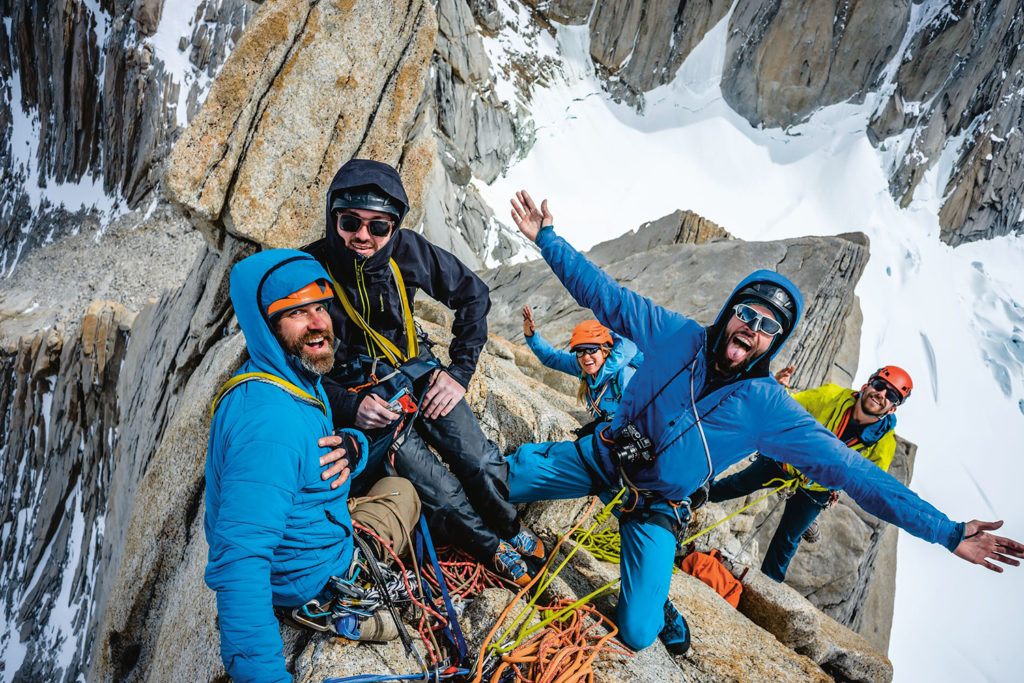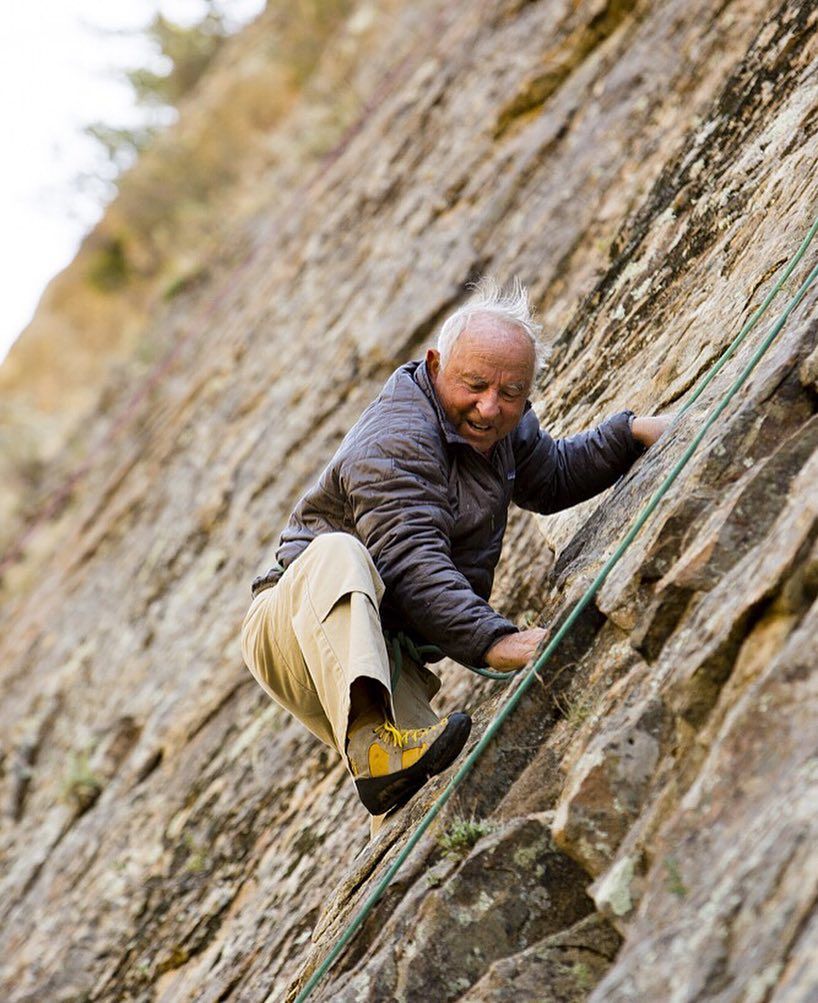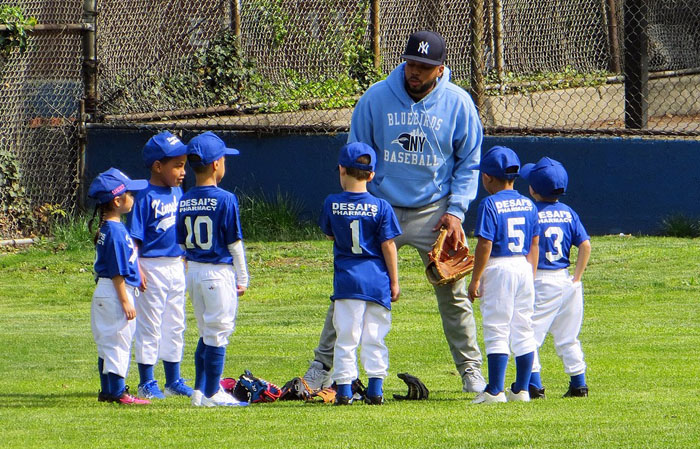
When you’ve lived in a place a long time, you accumulate.
There are all kinds of reasons for valuing something enough that you’ve kept it around.
But one downside of this was revealed to me last winter when relatively warm days were followed by a couple of frigid ones which caused a pipe to freeze and then burst behind some floor-to-ceiling shelves that I’d packed full of “things to keep.”
This geyser-fueled alarm bell gave rise to several reactions at the time: relief when my trusty plumber answered the call; irritability when removing the mess of water; and clarity when I realized that most of the stuff I’d set out to dry like treasured cod or leaves of tobacco just had to go.
With some headway into spring yard-work under my belt, I’ll be turning to these shelves and their contents this week. Who’d appreciate 20 clay pots, a serious set of weights, or TVs that have fallen behind the curve? Only one thing is clear: by sometime next week, they’ll all be headed someplace else.
Mine is a fairly common situation, I suspect. How do I get this stuff that I’ve valued enough to keep to those who’ll appreciate having it at least as much–in other words, where there’s enough gratitude around the transaction to benefit us both? As it turns out, while I’ve been in the middle of this quandary, I’ve also been corresponding with a life-long friend who’s discovered that he only has a few months to live. So I’ve also been thinking about how we pass along “what we’ve valued” in a spirit of mutual appreciation towards the end of our lives too.
Coincidentally, a piece called “You Can’t Take It With You” crossed my transom this week. It seems that a couple of trusts-and-estates profs at Yale Law School conducted the first national survey that asked Americans “how they would divide their property among relatives, friends and others if they were to pass away immediately.” Not surprisingly, a survey like this tells us a lot about the people we actually care about during our lifetimes and how we’d like to provide for them when we’re gone.
It turns out that what we thought we knew about these matters was pretty limited before this survey.
Most of the information about how people pass along their property comes from the wills of deceased people that have gone through probate [in state court systems]. But that’s a very biased sample — people with wills are very different from people without wills. Also, wills don’t tell us anything about any of the most complex and interesting family situations because they don’t contain enough information. [For example,] wills can’t tell us anything about how often people make gifts to their stepchildren or nonmarital partners…
According to a companion piece in the Wall Street Journal, 54% of Americans told Gallup pollsters in 2021 that they don’t have wills at all. And this isn’t just poor or middle-income people. Apparently one in five Americans with assets of $1 million or more don’t have wills indicating how they want their property to pass. In other words, if you die “intestate,” state law will determine who inherits whether that’s where you want your assets to go or not. Among other things, someone living with you outside of marriage may get kicked out of your house when you’re no longer around to prevent it, while relatives you thought you’d written off years ago could be surprised by unexpected gifts along with the tax payments that go with them.
The Yale survey also indicated just how widely peoples’ expectations around inheritance tend to vary. For example, Black-Americans, the poor and less well-educated, along with women in general told the pollsters that they would give less to their spouses and more to their children than others. Many of those contacted also stated that there were un-related people in their lives that they’d like to provide for after they die. Once again, the law in most states won’t recognize wishes like these if the deceased has failed to include them in “a last will and testament.”
Another issue that the Yale researchers pointed out was that American viewpoints “gathered by pollsters on the spur of the moment,” are likely to change if there were more time to think about their answers. (In other words, maybe the wife would have second thoughts about the financial needs of that grumpy guy in the other room who’s dribbling on himself while watching reruns of Matlock.) Instead of policy changes that involve tinkering with state laws on inheritance to match spur-of–the-moment preferences, the better course might be for each of us to think though our wishes in these regards with legal advisors and those that we care most about before we die.
But since too few of us want to confront end-of-life realities, there’s no indication in the survey data or otherwise that people are rushing to ensure that their resources will go where they want them to go when they’re no longer around to make those decisions for themselves.
One way around this avoidance may be passing along “far more of what we value most” while we’re still alive and the beneficial glow around our gift-giving can be shared with the recipients.

I’ve written about gift-giving on this page before.
For example, when the Sachler family was being excoriated for fueling the opioid crisis with their company’s lust for profits, it seemed appropriate to comment on how they attempted to cloak their avarice with a veneer of civic-minded responsibility by donating millions for naming rights at various art museums and academic institutions. In fact, just this week, theTimes reported that Oxford University joined others in short-circuiting this honor by “de-naming” another Sachler building. (If Jeffery Epstein had lived long enough or Harvey Weinstein had gotten farther in his defense we might have been over-hearing more of these give-and-take-back debates.)
A little more than a year ago, I wrote a post called “The Art of Passing Along What We Value.” It began with stories about giving people things they saw while visiting and admired, and how I’d been thrilled by some early-in-life gifts that had been given to me under similar circumstances. I thought at the time:
When someone else’s interest meets an object of your affection, the best time to move it into some new hands might be now.
Because spur-of-the-moment giving and receiving can feel that good.
And because we also tend to accumulate a lot of treasure, we cannot (and perhaps should not) keep all of it
From there, the post explored an essay called “The Unbearable Heaviness of Clutter” and it’s advice on avoiding “over-attachment” to our stuff. What interested me most wasn’t the hoarding phenomenon but how and why we attach significance to particular things. I concluded at the time that while “weak attachments” (like to an article of clothing) can be broken by employing one or another clever tactic (like having someone else hold up the item while asking “do you need this?), an equally affective solution might be keeping your attachment to the item in tact and simply transferring it to someone else who will value it is as much if not more than you do.
[S]ince whatever-it-is was never stripped of its [personal] meaning, the depth of the generosity around the giving and receiving of it is often felt-all-around.
The post concluded with a giving strategy I was less familiar with, namely Bill Perkin’s advice about how to (according to the title of his 2020 book) Die With Zero. He urges a level of intentionality “around passing along what you have” that goes far beyond writing a will.
While I go into it more deeply in the post, Perkin’s advice arises from the fact that each season of our lives is blessed with different abilities and resource requirements. He proposes a formula for adjusting the amounts that we spend/give and save accordingly, so that by the end of our lives we’ve experienced the fullness of every season (and maybe helped others to do so as well) while reaching the finish line with essentially nothing left over beyond a life-well-lived.
He persuasively argues that with regular adjustments to your giving-and-saving strategies, it’s possible to lead the experience-rich life that many of us aspire to but too few of us have—while perhaps also getting to witness our children or other young people, and even organizations we care about, “fulfill their seasonal mandates too” with assistance we provide while we’re alive and can still enjoy watching them do so.
To those with less discretionary spending and fewer assets to deploy, Perkin’s “seasonally adjusted” advice also makes sense because it encourages us to examine our capabilities and resource requirements at each point in our lives—including those points that we haven’t reached yet and never considered before—such as “how much less we’ll need as we get older.” For him, it’s better to plan a way “to climb the highest mountain” when you’re 30 than regret that you never did so when you’re 70, and careful planning can help you to have the thrill and avoid that regret.
In this, Perkins advocates a kind of gift-giving and receiving between your older and younger self, whatever season of your life you happen to be in.

Gifts that we give to the dead are often in the form of grave-side eulogies or reflections that you write when you’ve had more time to absorb the loss.
Several years ago, I wrote something like this for a cousin I’d travelled to see and essentially say “good-bye” to as Joe’s health declined. I didn’t tell him the things about him that I was most thankful for, but I tried to convey, in a dozen different ways, my respect and affection for him in the hours we spent together—and I think he got the message. But it was only after his passing that I got into the stories we shared that mattered most me.
Here is some of what I wrote afterwards:
My cousin Joe died after a long struggle with illness last week. What was remarkable was the loving peace he somehow found in the midst of those struggles….
I knew him as a man with strong opinions, not suffering fools gladly—even when they happened to be related to him. He could be sarcastic and stubborn, but also playful and funny. I found that you were ‘in’ when he got ‘a kick’ out of you, and I guess he got a kick out of me.
Joe loved sailing, and took me out one windy day in the New Haven harbor. I had dreaded going out a first, fearing the tongue-lashing my minimal boating skills were sure to invite, but had a great time. Joe was in his element when he was out on the water, loved the speed and wind and spray, and his love of it was infectious.
My strongest memory of the man came after my mother died unexpectedly and Joe offered to help me move her stuff out of the apartment where she had been living. ‘Her stuff’ was a surprisingly large amount of what she had accumulated in a suburban house over thirty years and managed to cram from floor to ceiling in various corners of her apartment. Another day I’d been dreading was elevated by sharing it with Joe, as my right-hand man this time around. Stories, jokes, strength, competence, support. What he brought to the endeavor that day provided all the right counters to the sadness, resentment, and exhaustion I was feeling that day. I marveled at the nuance of his caring then and still marvel at it now.
I spent a day with him in Florida after Christmas. I knew I might never see him again and had visited, in part, to say good-bye. While he was surrounded by the paraphernalia that was keeping him alive, I was struck by how Joe was almost aglow with a loving radiance in the midst of it. It was a place beyond acceptance of his poor health. Being glad to see me and pleased at the respect of my visit also didn’t account for it. More than anyone else I have known towards the end of life, Joe had already found a place in his mind and spirit beyond the afflictions of his body and anything non-essential. It was an honor for me to see that— something quite marvelous and blessed about it—a gift that I will take with me as I get older and try to find that place too. What began as a farewell ended in a hopeful glimpse of the future.
Another companion-in-life named Hunter is dying (a continent away) as I write to you today. He may make it to summer, he may not. But I resolved to have the conversation with him that I didn’t have with Joe. And the only way I could accomplish it was by writing a letter to his son and caregiver, asking Nathan to read what I’d written to his father “on a good day.”
Those of you who read this post know I can be “a man of many words” and I’d originally planned to include all or at least parts of my letter to Hunter here today. It’s too long for one thing, and hangs together as a whole, making any excerpt from it a poor representative. But perhaps more importantly, it’s also fresh in its pain and private in its intimacy, making it too early and too close to “put out there” to others just yet.
But I can tell you, it’s a conversation with Hunter that I’m grateful to be having (whenever it actually occurs) because I think I know how he’ll react to each and every part of it, even though the communication between us passes through the grace of his loving son.
In terms of “parting gifts” whether to a total stranger, to your plumber when he admires an artifact in your home, or to a life-long friend whose days are numbered, it is always better, it seems to me, to squeeze as much benefit out of the gift-giving as possible by making what it provides to the gift-giver and its receiver as meaningful as you can for both of you.
– I valued this thing while it “lived” in my house and am grateful (through your thanks upon receiving it) that I’m giving it another home.
– I’ve taken as much enjoyment as I’m entitled to from this book or photo or souvenir. Besides, I have other books and photos and souvenirs, and need fewer of them these days. The season has come for you to enjoy something you’ve admired here full-time, in your home.
– Instead of giving you resources in my will, you’ll have what you would have gotten now, when you’re young enough and vigorous enough to enjoy it—which you probably won’t be 50 years from now, when I finally get probated out of the courts of the Commonwealth of Pennsylvania.
– I want to share the gift of our stories together while you’re alive because we can’t once you’re gone. Then it will truly be a gift to you as well as to me.
This post was adapted from my May 21, 2023 newsletter. Newsletters are delivered to subscribers’ in-boxes every Sunday morning, and sometimes I post the content from one of them here. You can subscribe (and not miss any) by leaving your email address in the column to the right.













